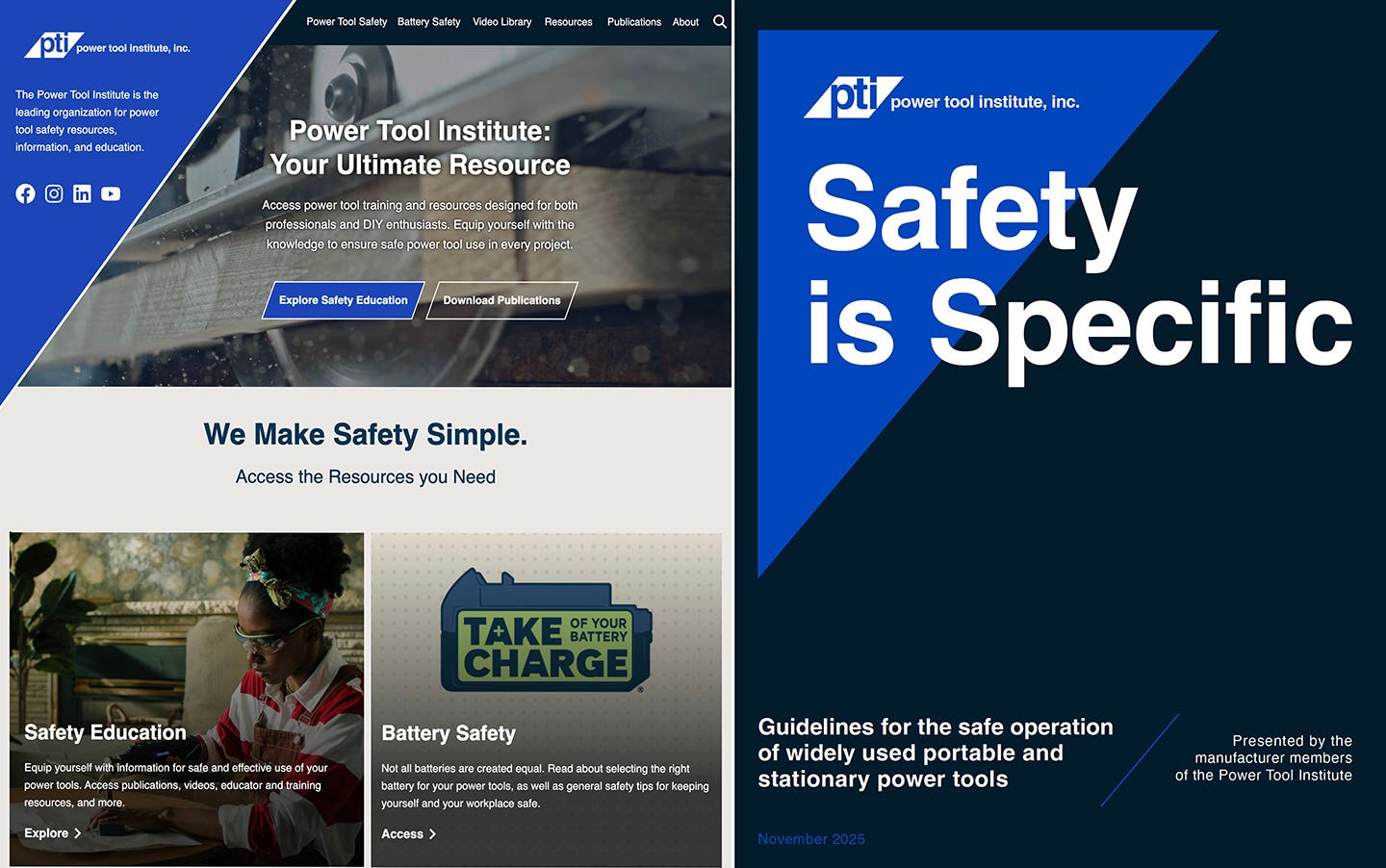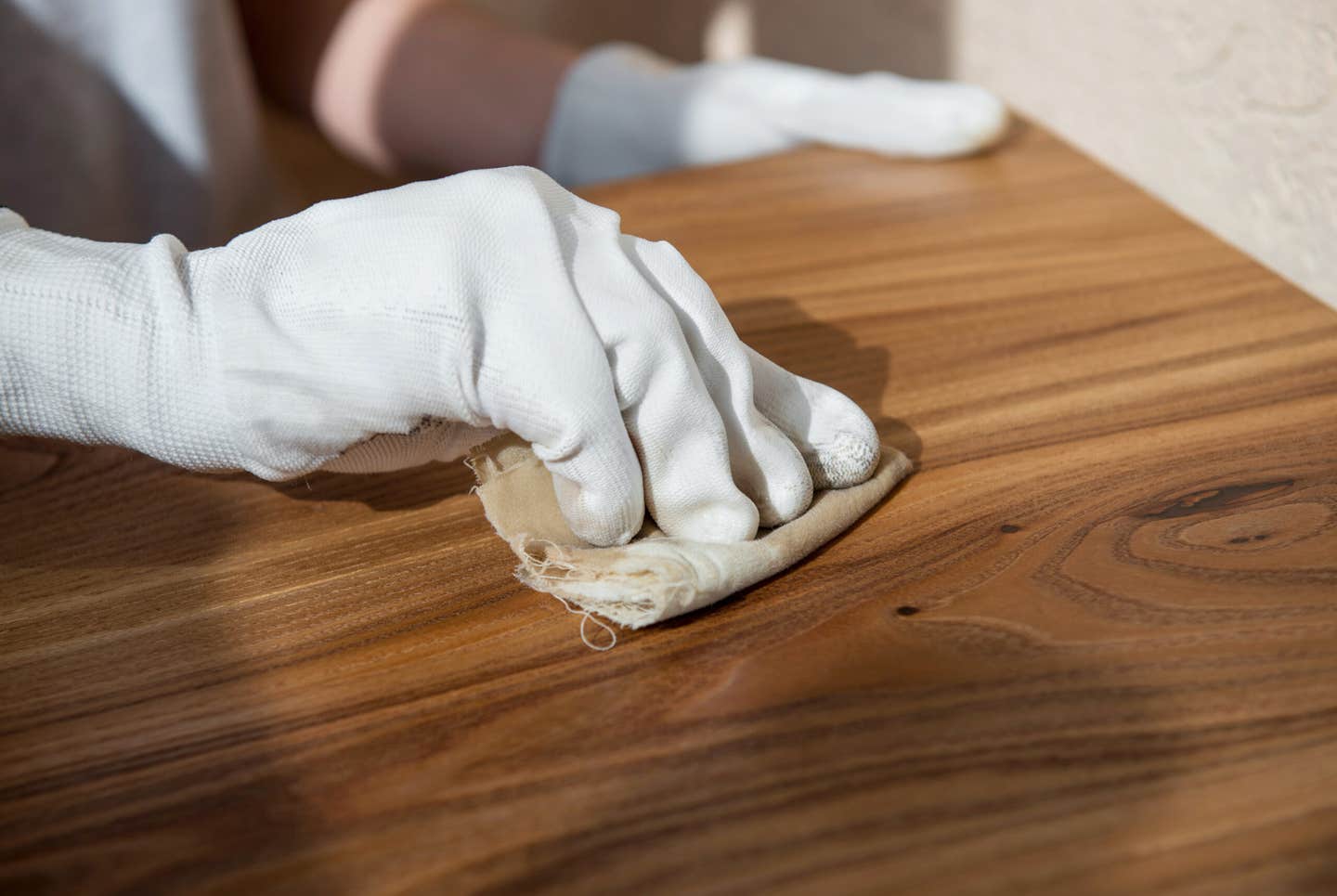Profits start to add up with an aggregate
Wikipedia states: “An aggregate is a collection of items that are gathered together to form a total quantity.” OK, I can work with that, although it’s probably not the best…
Wikipedia states: “An aggregate is a collection of items that are gathered together to form a total quantity.” OK, I can work with that, although it’s probably not the best description of a tool for our industry. An aggregate or angle head, as the metal working industry calls it, is a device that is attached to the spindle drive of a CNC to allow the user to rout or drill at different angles other than where the spindle is orientated. They are almost always used in conjunction with a tool change format like HSK, ISO or BT.
The use of aggregates on CNC machining centers greatly increases the versatility, capability and the overall value of an already very expensive machine.
CNC spindles in most all cases are always mounted at a right angle to the machine table so there are two distinct reasons to add aggregates to your machine: to change the direction of the spindle (meaning the way the tool is orientated to the workpiece) and to add a new operation to the machine like mortising, tenoning, sawing or cutting soft materials with a reciprocating knife.
The less you or your employees have to handle a part, the less cost you are building into that part. And less cost equals greater profit. See where I’m going here?
Aggregates and the C axis
Having a C or a fourth axis on a CNC machine is not necessarily a requirement for the use of aggregates. A three-axis machine could make very good use of a four-way, 90-degree aggregate. This would allow the user to machine in X+ and X-, also Y+ and Y-. However, many aggregates are relatively useless without a C axis.
Take, for instance, a molder unit. This is an aggregate that can accept profile ground knives to produce curved mouldings such as elliptical or round window casings. This operation absolutely requires an interpolating C axis, allowing you to drive the aggregate around the curve of the casing. If a machine does not have a C axis, it will need an aggregate anti-rotation ring or a stop block. This is the device that the torque pin of the aggregate fits into, preventing it from spinning around like a Whirling Dervish on caffeine when you start the spindle motor. By the way, this will make a terrible noise and is guaranteed to break something. If you are not sure if you have the anti-rotation device, call your manufacturer and ask.
But getting back to productivity, let’s take the example of a standard 15-piece stile and rail door. Every operation — raising the panels, doweling or mortising the joints, sizing the assembled door, mortising the lock recess and routing the hinge pockets — can be complete with aggregates on a CNC. What’s required is a horizontal drilling unit for the dowels, a horizontal mortising aggregate for the square holes, a sawing unit for cutting the rails and stiles to length, a 90-degree aggregate for cutting the tenons and a lock recess aggregate for both the deep lock cut and the hinge pockets.
Look, it’s simple. Anytime you don’t have to push parts around the shop from one machine to another, that’s money in your pocket. You get paid when your product is complete and ships. Shop efficiencies from start to finish will increase your profit. There’s that profit word again. It’s not optional.
If you are using your CNC for nested-base cabinet parts, you have probably not read anything so far to justify the use of an aggregate. But have you ever heard of a floating aggregate? This is a device that, regardless of how your panel might vary in thickness, will always maintain an exact depth of cut on the part. It can be used for precision dovetailing or grooving a tabletop edge to accept a solid wood profile with a tongue. How about compound miter cutting with relation to the panel thickness? You can do that, too, with an adjustable-angle sawing aggregate.
A belt-sanding aggregate can sand a door or tabletop edge and an orbital sander aggregate can sand or polish horizontal surfaces, all without moving the part from the CNC machine. There’s also an aggregate for holding small parts on a vacuum table. Do you see a pattern here?
Heat and aggregate life
Every so often I get asked, “How long can I expect my aggregate to last?” That’s like walking into the auto dealer and asking him, “How long will my new car last?” Well, it all depends on how you drive it. There are two things that will ruin your nice new aggregate — heat and operator error. If you crash it, we can’t help that. However, heat, you can control.
Most lubrication will cook off at more than 185 F, causing the unit to ultimately fail. Heat is a result of excess torque on the gear set, often caused by excessive feed speed, too much chip load or insufficient rpms. Almost all aggregates have a temperature strip on the side of the body and it is up to the operator to monitor the unit and make sure it does not overheat. Always partner with a reputable tool supplier that will help you find the optimum tool for your specific application. They can advise you of the proper feed speeds and chip loads to help your aggregate run within its designed loads.
Aluminum is used by most aggregate manufacturers because it dissipates heat very well. A few years back, some manufacturers made small aggregates to fit the onslaught of entry-level 4’ x 8’ CNC machines. These routers typically had a limited Z axis and could not accommodate a standard-sized, duty-cycle aggregate. Some of these aggregates were designed with a 30 percent duty cycle, which means you could run it for three minutes and then had to let it rest for seven minutes. You need to be aware of this when you are considering an aggregate purchase. Some manufacturers have multiple duty cycles offered at different price points. Ask if you are not sure.
The amount of aggregate types available is directly related to the amount of different applications possible. If you don’t see a particular solution in one of the catalogs, ask your sales rep or contact the aggregate manufacturer directly. There is a good chance a solution already exists.
Bob Barone is sales director at Benz Inc., a manufacturer of aggregates. He can be reached at bob.barone@benz-inc.com
This article originally appeared in the July 2013 issue.
A.J. Hamler is the former editor of Woodshop News and Woodcraft Magazine. He's currently a freelance woodworking writer/editor, which is another way of stating self-employed. When he's not writing or in the shop, he enjoys science fiction, gourmet cooking and Civil War reenacting, but not at the same time.







